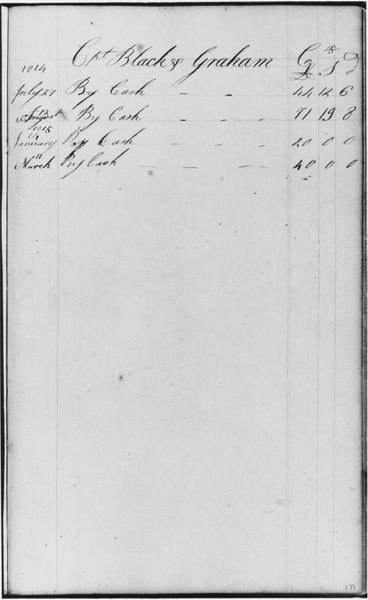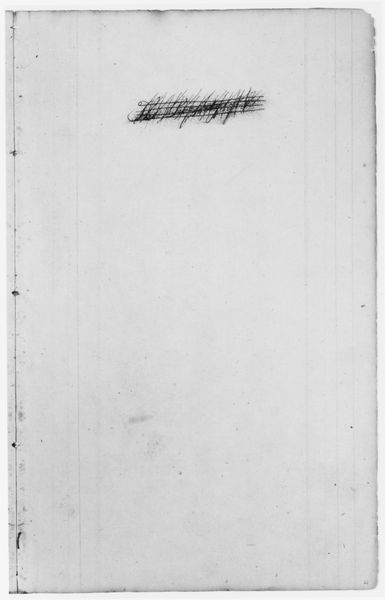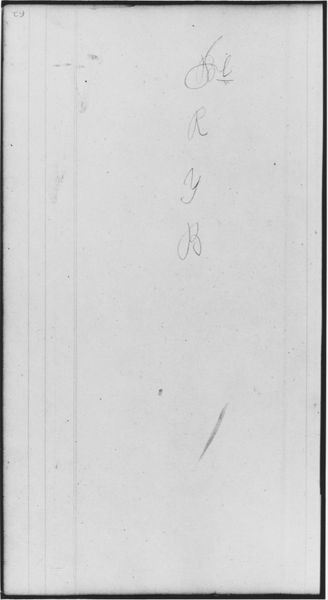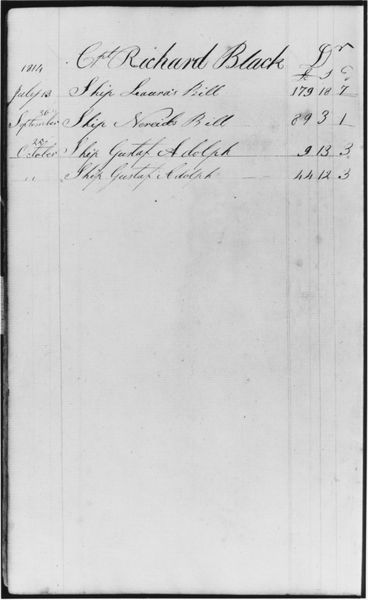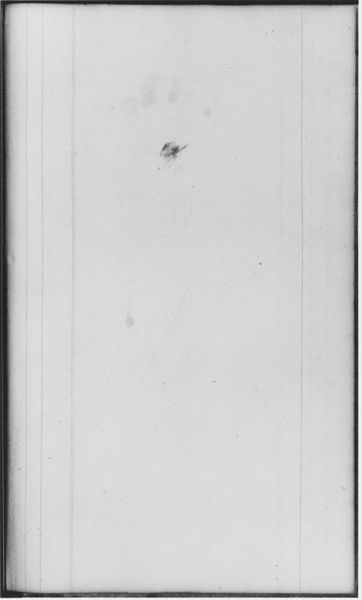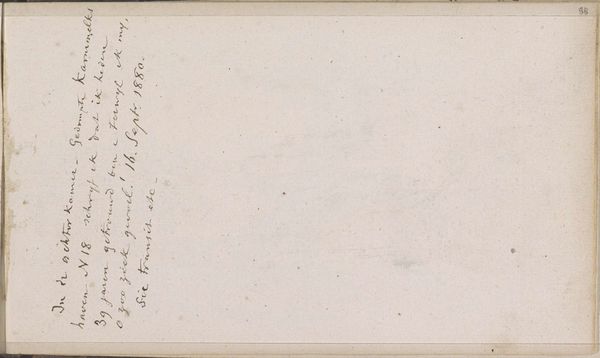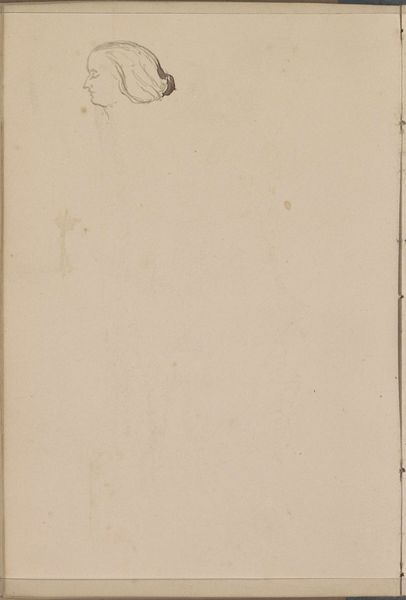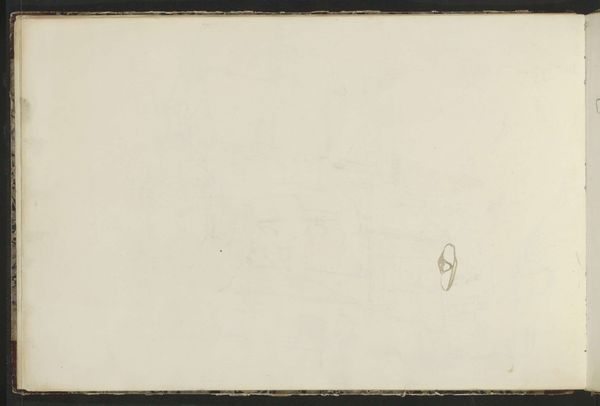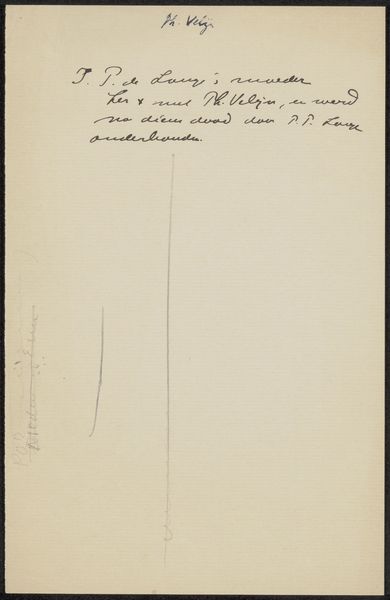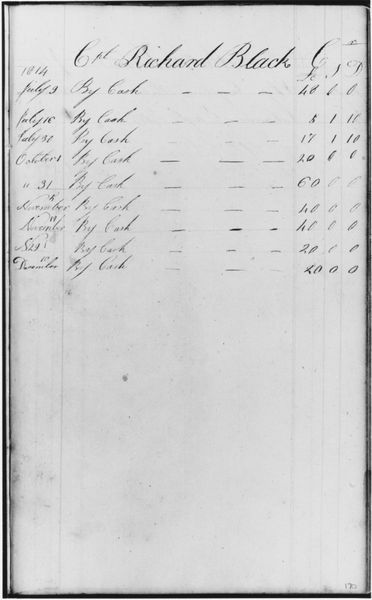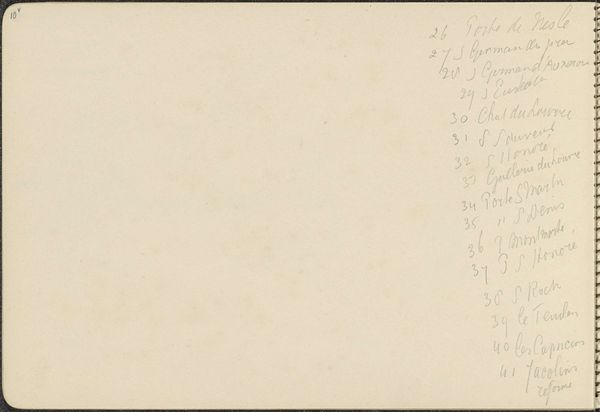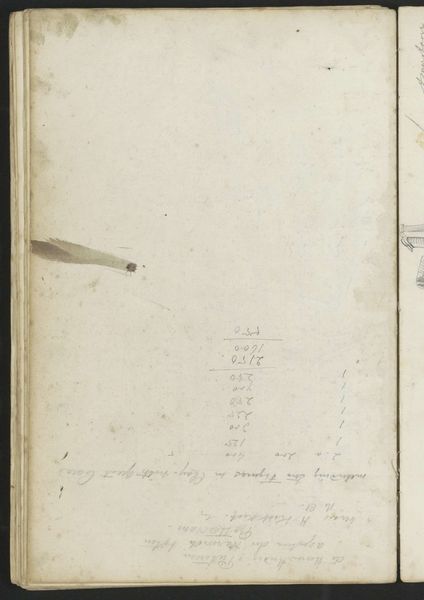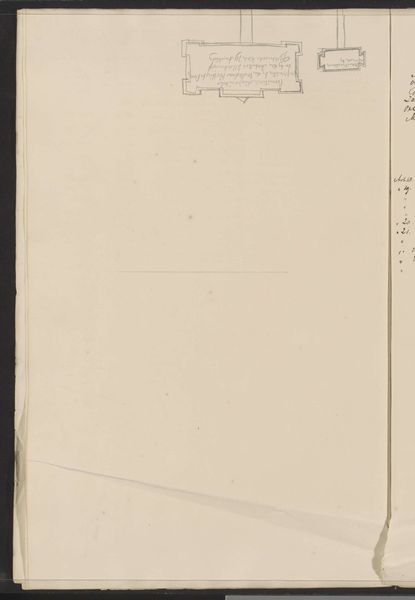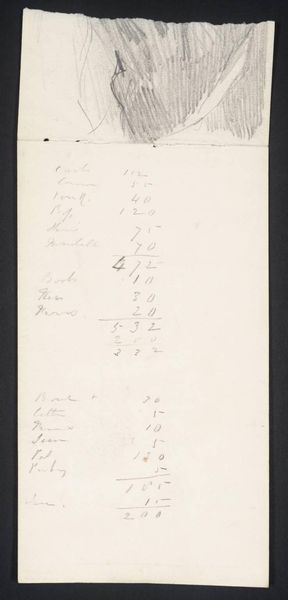
Carriage and Figures (from Sketchbook) 1811 - 1893
0:00
0:00
drawing, paper, ink
#
drawing
#
landscape
#
paper
#
ink
#
sketch
#
line
#
realism
Dimensions: Dimensions unavailable
Copyright: Public Domain
Curator: Here we have “Carriage and Figures” from a sketchbook by John William Casilear, likely created sometime between 1811 and 1893. It’s an ink drawing on paper. Editor: It's quite stark, isn't it? A little ghost of a carriage seems adrift in a vast expanse of white. It’s as though a fleeting thought barely made it onto the page. Curator: Indeed. Observe the deliberate sparseness of the line work. Casilear’s control over the medium is striking; each stroke serves a precise purpose in defining form and space, adhering to principles of Realism with an emphasis on objective representation, paring it down to only the essentials. Editor: Yet there's an unmistakable air of labor here. One can imagine Casilear hunched over the sketchbook, the scratching of the nib on paper, the physical act of recording these fleeting impressions. Notice also the script in the lower left side of the sketch – it lends another layer of context by providing insight into the artist’s process with what look like notes about measurements and costs. Curator: A fascinating observation. To push further, it highlights how drawing acts as a primal form of thinking and seeing; here line, plane, and proportion intersect elegantly. We see in it a distilled vision rendered through carefully chosen marks, eschewing elaborate detail in favour of geometric simplicity. Editor: Considering the era and probable function of such carriage drawings, it brings questions to the forefront regarding luxury, movement and status – items probably unavailable to many during that time. Was the act of sketching a method to consider possibilities, and dreams outside Casilear’s sphere? The artist makes a poignant connection by illustrating disparities through simple ink lines on pages ripe with socio-economic awareness. Curator: An intriguing viewpoint! Though, for me, the drawing serves primarily to investigate compositional balance within pictorial space. There is beauty and rigor here in form and of mark making. Editor: Precisely; it speaks to broader histories and inequalities—drawing then, is not merely aesthetic endeavour, but social practice as well. Curator: A very grounded view; one which contrasts nicely with more cerebral appreciation. Editor: Hopefully, together, this has encouraged us to see beyond the visible.
Comments
No comments
Be the first to comment and join the conversation on the ultimate creative platform.
